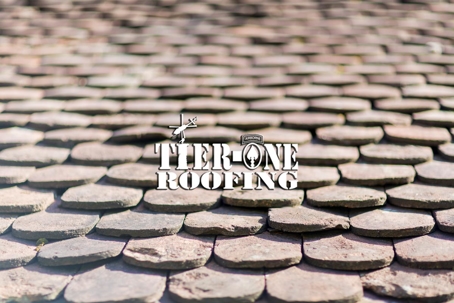A leaking roof can cause significant damage to your home, leading to costly repairs and potential health hazards. Understanding the common causes of roof leaks and implementing preventive measures can help protect your property from water damage. In this article, we will explore the most common causes of roof leaks and provide practical strategies for identifying and preventing them.
1. Damaged or Missing Shingles
One of the primary causes of roof leaks is damaged or missing shingles. Over time, shingles can become cracked, curled, or loose due to exposure to weather elements. Strong winds, hailstorms, or inadequate installation can also contribute to shingle damage. Regularly inspect your roof for any signs of damaged or missing shingles and address them promptly to prevent water intrusion.
2. Faulty Flashing
Flashing refers to the metal or rubber material installed around roof penetrations and intersections to prevent water from seeping in. If the flashing is improperly installed, damaged, or deteriorated, it can create entry points for water. Check the flashing around vents, chimneys, skylights, and roof valleys for any signs of wear or damage. Ensure that it is properly sealed and in good condition to maintain a watertight roof.
3. Clogged Gutters and Downspouts
Clogged gutters and downspouts can cause water to overflow and accumulate on your roof, leading to leaks. Leaves, debris, and other materials can obstruct proper water flow, resulting in water seeping under the roofing materials. Regularly clean your gutters and downspouts to ensure efficient water drainage and prevent water damage.
4. Improperly Sealed Roof Penetrations
Roof penetrations, such as vents, chimneys, and skylights, are vulnerable areas for leaks if not properly sealed. Over time, seals around these penetrations can deteriorate, crack, or break, allowing water to enter. Inspect these areas for any signs of damage or wear and promptly repair or replace seals to maintain a watertight roof.
5. Ice Dams
Ice dams are common in areas with cold climates like Tulsa, Oklahoma. They occur when melted snow refreezes at the roof edges, creating a barrier that prevents proper water drainage. The trapped water can then seep under the shingles and cause leaks. Proper insulation, ventilation, and regular removal of snow from the roof can help prevent ice dams and subsequent water damage.
6. Poor Roof Installation or Repairs
Inadequate installation or subpar repairs can compromise the integrity of your roof, leading to leaks. Hiring a professional roofing company with expertise and experience in proper installation and repairs is essential to prevent future problems. Choose a reputable roofing contractor, like Tier-One Roofing, to ensure the job is done right and minimize the risk of leaks.
7. Age and General Wear and Tear
Roofs naturally deteriorate over time due to age and general wear and tear. As your roof ages, it becomes more susceptible to leaks. Regular inspections and maintenance can help identify and address minor issues before they escalate into major problems. Consider scheduling professional roof inspections to assess the condition of your roof and detect any potential vulnerabilities.
By understanding the common causes of roof leaks and taking proactive measures to address them, you can prevent water damage and protect your home. Regular roof maintenance, prompt repairs, and professional inspections are key to maintaining a leak-free and watertight roof.
Contact Tier-One Roofing, a leading roofing company based in Tulsa, Oklahoma, for expert leak detection, roof repairs, and maintenance services. Our experienced team is dedicated to keeping your roof in optimal condition and protecting your property from water damage.

